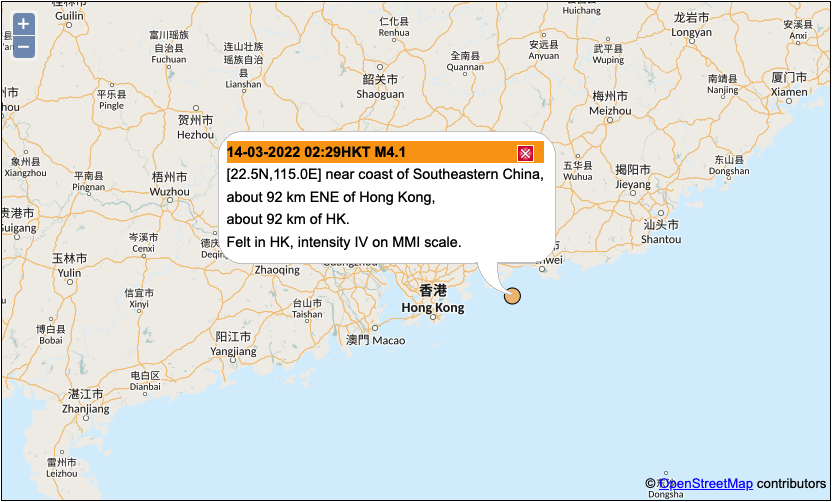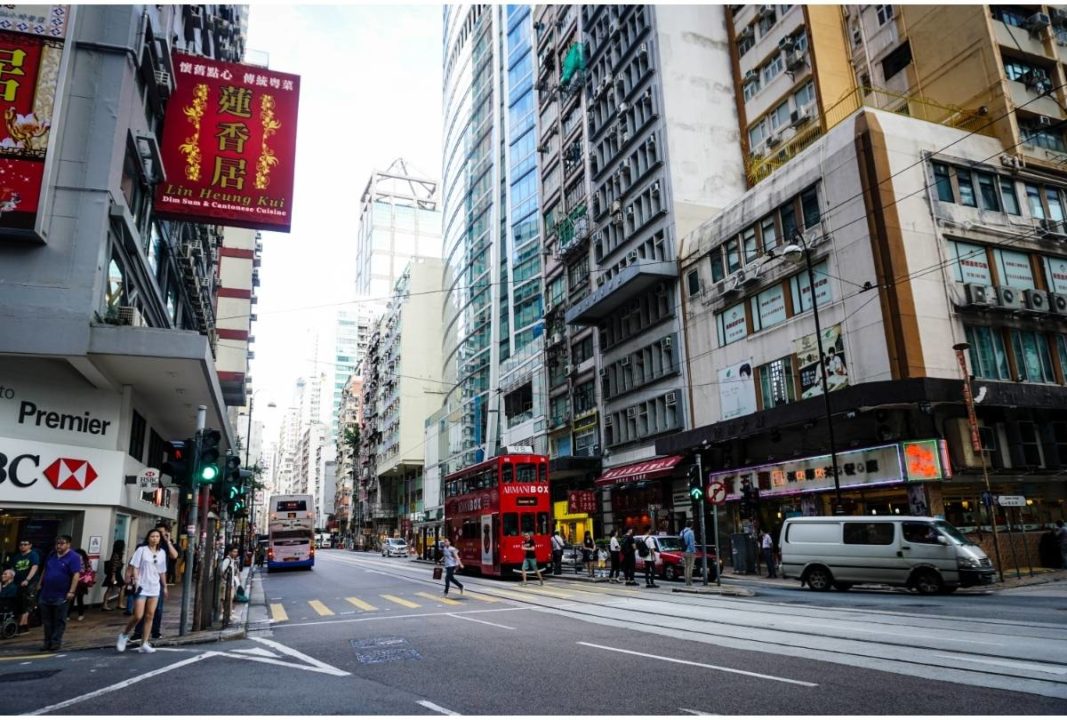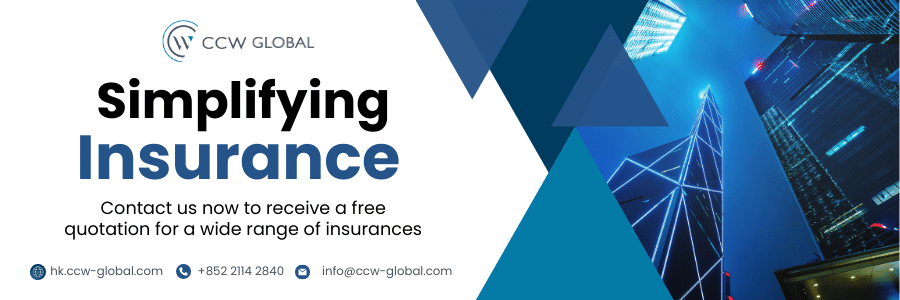Hongkongers were shaken awake in the early hours of March 14 – quite literally. Many took to social media to ask, “Was that an earthquake?” And the answer was yes. At 2.29 am, a magnitude 4.1 earthquake occurred off the coast of Huizhou, about 92 km east-northeast of Hong Kong.
The epicentre was near 22.1 N, 115.04 E and struck at a depth of 2.5 km. The city experienced tremors at an estimated intensity level of four, denoting that it would have been felt indoors, causing rattling dishes, windows, and doors. The Modified Mercalli Intensity Scale (MMI) for earthquakes, ranging from imperceptible tremors to catastrophic destruction, maxes out at 10.

So, it was hardly surprising that the most liked and commented-on posts today on Hong Kong social media groups were about the earthquake. People from Tung Chung to Sai Kung reported shaking air conditioners and cupboards, with some commenting that they thought “a ghost was shaking my bed” or that their “beds were haunted.” Others also reported their pets’ and babies’ sleep being disrupted.
Netizens compared the natural event to last week’s Emergency Alert from the government that Queen Elizabeth Hospital was being converted to a Covid-only facility, a matter many felt didn’t qualify as an emergency. “Felt the quake, wasn’t my phone. No emergency alert came through, I guess EARTHQUAKES don’t qualify.”
The biggest earthquake to affect Hong Kong in recorded history was the 1918 Shantou earthquake. With an epicentre off the coast of Chinese city Shantou, the quake reached intensity 6-7 on the MMI scale, shaking buildings and creating cracks in walls. At least one thousand people died in the eight Chinese provinces impacted by the event.
Header image credits: travelcoffeebook via Canva




